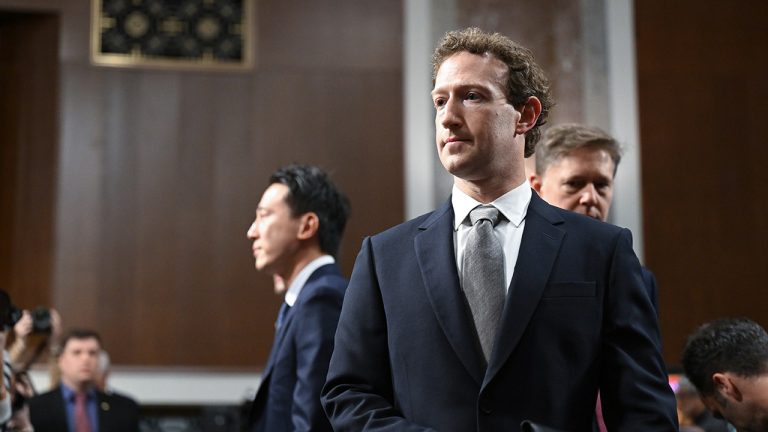Meta’s Community Notes Fact-Checking System Under Scrutiny: A Deep Dive into Its Efficacy and Challenges
In the ever-evolving digital landscape, the fight against misinformation remains a paramount concern. Meta, the parent company of Facebook, Instagram, and Threads, introduced Community Notes, a crowdsourced fact-checking initiative, as its primary defense against the proliferation of false information. However, after four months of operation, questions linger about the system’s effectiveness and its ability to adequately address the pervasive issue of online misinformation. Washington Post columnist Geoffrey A. Fowler recently conducted an in-depth examination of the Community Notes program, raising significant concerns about its efficacy and highlighting several inherent limitations.
Fowler’s four-month immersion in the Community Notes program involved drafting over 65 notes, of which only three were ultimately published. He observed that despite his efforts, users’ feeds continued to be inundated with inaccurate information. This sparked his central critique: Is Meta’s community-driven fact-checking system robust enough to combat the widespread dissemination of misinformation on its platforms? Fowler emphasizes that the system’s current state falls far short of the task, particularly given the dismissal of professional fact-checkers. He maintains that the reliance on community contributions, while well-intentioned, has proven inadequate in stemming the tide of false narratives.
Fowler’s methodology involved deliberately crafting notes that spanned the political spectrum to avoid bias. He targeted widely circulated fabricated content, including a manipulated image and a false claim about a political figure, both viewed hundreds of thousands of times. He also actively participated in the review process, evaluating dozens of notes submitted by other users. Despite his diligence and adherence to the guidelines, the majority of his contributions failed to gain traction within the system.
While acknowledging some merits of the Community Notes system, Fowler identified several critical flaws. One notable obstacle was the exclusion of posts originating from accounts outside the United States, limiting the program’s scope and potentially overlooking significant sources of misinformation. Furthermore, he encountered technical issues that hindered the submission process. Fowler also observed that the quality of notes submitted by other users varied significantly, with some containing opinions rather than factual information or relying on flimsy sourcing. This inconsistency raises concerns about the overall reliability of the system.
A central issue lies within the “bridging algorithm” employed by Meta to determine which notes are published. This algorithm mandates agreement between users who have previously disagreed on other notes, ostensibly to ensure objectivity and prevent the publication of biased or misleading information. However, Fowler argues that this requirement makes achieving consensus challenging, even for notes presenting irrefutable facts. He cites examples of notes debunking AI deepfakes that failed to garner sufficient agreement for publication. This stringent requirement, he contends, hinders the system’s ability to effectively address rapidly spreading misinformation, particularly during breaking news events.
Experts who contributed to the development of similar systems echo Fowler’s concerns. Kolina Koltai, who helped develop community notes at X (formerly Twitter), characterizes the algorithm as “very, very conservative.” She suggests it prioritizes avoiding harmful notes over ensuring the publication of useful ones. This conservative approach, while safeguarding against the spread of further misinformation, may inadvertently stifle legitimate fact-checking efforts.
Meta’s response to Fowler’s findings argues that his four-month trial period is insufficient to draw definitive conclusions about the Community Notes system’s effectiveness. The company emphasizes that the program is still in its testing phase and requires time to cultivate a robust and reliable contributor community. They acknowledge that not every note, even those submitted by experienced journalists, will be deemed helpful by the community. However, Meta’s response failed to address Fowler’s specific questions about the number of published notes, the size of the participating user base, and the availability of data demonstrating the program’s impact. This lack of transparency raises further questions about Meta’s commitment to fully evaluating the efficacy of its fact-checking initiative.
The debate surrounding the effectiveness of community-driven fact-checking continues, and the future of Community Notes remains uncertain. While the concept holds promise, the challenges highlighted by Fowler’s investigation underscore the need for ongoing refinement and increased transparency. The fight against misinformation demands robust and reliable systems, and whether Community Notes can ultimately fulfill that role remains to be seen. Further research, data analysis, and open dialogue are crucial to assessing the long-term viability of this approach and ensuring the integrity of information shared on social media platforms.


